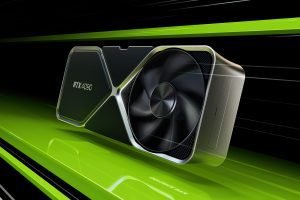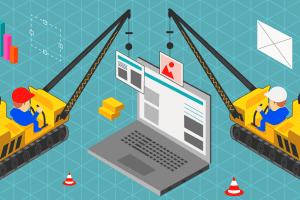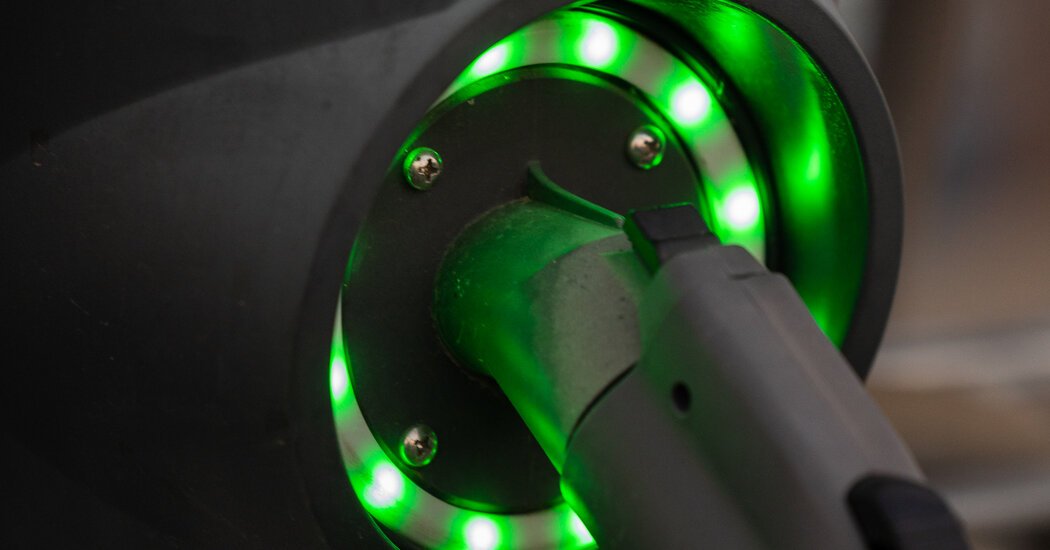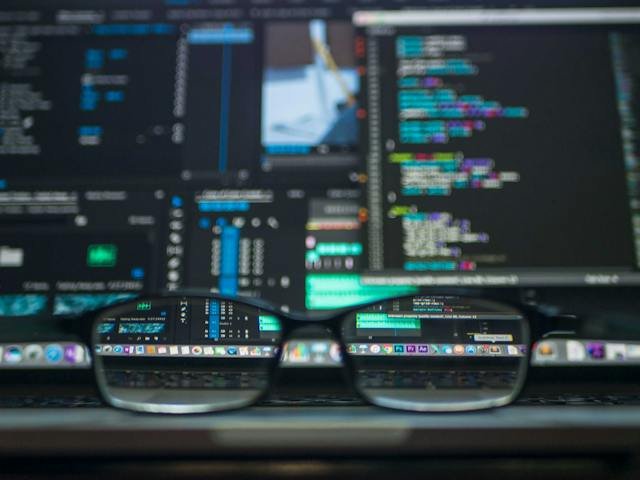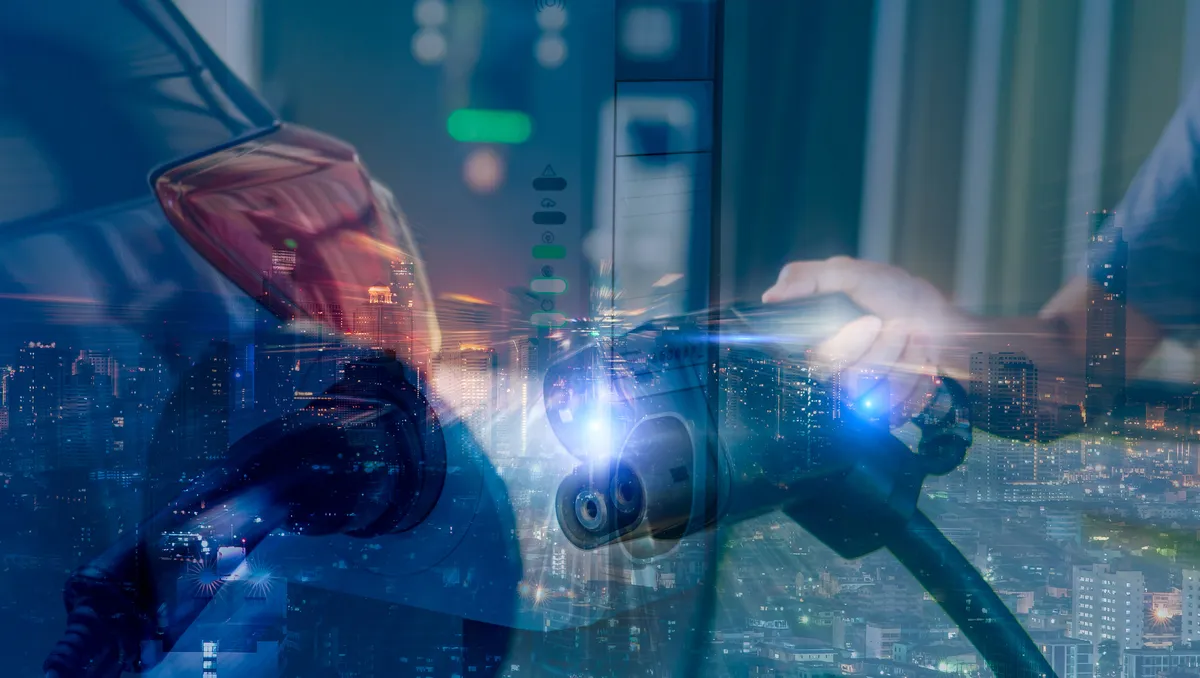Electric vehicles are rare in Moses Lake, Wash., a small city in the fertile Columbia Basin about a three-hour drive east of Seattle. In that conservative farms-and-factories community, few people have the cash or the inclination. The only electric vehicle I saw during a two-day visit last month was a Tesla in the hotel parking lot.
Over the next few years, however, hundreds of Moses Lake residents are going to be entering the electric vehicle business. Two different companies, attracted by cheap hydropower, are opening plants there, each backed by $100 million in federal money, to produce a key ingredient for electric vehicle batteries.
The investment is part of the roughly half a trillion dollars the Biden administration is marshaling to transform an economy fueled by carbon into one fueled by clean, renewable energy, and it illustrates a gamble at the heart of that broader effort.
Instead of delivering electric vehicles, solar panels and other green technologies at the lowest possible cost, no matter their country of origin, the Biden administration is determined to use this opportunity to expand domestic manufacturing. And it is concentrating much of that effort in rural and Rust Belt communities, where reactionary politics have taken hold most strongly. The plan to combat global warming is also a bid for industrial revival and a transformed political landscape.
There is a real risk that President Biden’s economic and political aims will come into conflict with his environmental goals. If domestic production results in higher costs, that could suppress demand for electric vehicles. Political opposition to renewable energy, on the rise in many conservative communities, could impede production. But giving people an economic stake in the transition to green energy may well be the nation’s best chance to build a durable political consensus in favor of confronting global warming.
The novelist Upton Sinclair observed, “It is difficult to get a man to understand something when his salary depends on his not understanding it.”
Well, the opposite is true, too.
In Moses Lake, where one city official described the local version of the American dream to me as “house-boat-truck,” it is possible to imagine that one day in the not-too-distant future, workers at the battery plants will be driving electric pickups.
The environmental case for investing 200 million tax dollars in Moses Lake is that gas-powered vehicles produce 24 percent of the nation’s greenhouse gas emissions, and persuading consumers to drive electric vehicles instead is going to require a lot of batteries that are more powerful and more affordable than what’s available today.
Right now, almost all electric vehicles are powered by batteries that use graphite to store electricity. Scientists have long known that silicon can hold more energy than graphite. But silicon swells as it charges, with results much like a soda can left in a freezer. The two companies building factories in Moses Lake, Sila Nanotechnologies and Group14 Technologies, make specially modified forms of silicon that solve the swelling problem. Batteries using the special sand can propel vehicles up to 20 percent farther than existing batteries. Recharging is a lot faster, too.
At Group14’s first plant, outside Seattle, trays of carbon that look like badly burned brownies emerge from a long oven and are milled into a powder so fine that a thimbleful could coat a hockey rink. The key to Group14’s technology is that each of those tiny grains of carbon is about two-thirds air, like a very porous sponge or a coral reef. The grains are then placed in a chamber of silane, a gaseous form of silicon, which fills about half of their interiors, leaving room for expansion when the silicon is charged. The resulting black powder is shipped to battery plants, where it will be painted onto thin strips of metal and stacked inside batteries.
Sila, which uses a different process to reach similar ends, has its own small factory at its Bay Area headquarters. Together, the two companies make enough powder to power a few hundred vehicles per year. The factories in Moses Lake, which together will cost more than $700 million, will each produce enough for about 200,000 vehicles a year. Group14 has signed Porsche as an investor and a customer; Sila is working with Mercedes-Benz.
Both companies say they would have moved ahead even without direct federal funding. But the money does mean that they can grow faster. Rick Luebbe, the chief executive of Group14, said the company was able to raise additional capital on the back of the federal money, allowing it to build two production lines in Moses Lake rather than one. “It’s a validation for people who want to work for us, for people who want to support us, and for customers,” he said.
It would take 400 more factories the size of the ones in Moses Lake to make enough silicon to power all the vehicles produced in an average year. But the government isn’t betting just on silicon. It is simultaneously funding an even bigger expansion of graphite manufacturing at factories in Georgia, Louisiana and Tennessee. It’s also backing companies pursuing other alternatives to graphite, and other potential breakthroughs in battery technology. The government is trying to pick winners only in the sense that it wants the next big idea in batteries to be made in the United States.
Backing domestic production marks a break with decades of federal economic policy that treated low prices as the primary goal, and imports as the best way to achieve that goal. In 2005, for example, the government introduced tax credits for the installation of solar panels, without restrictions on the country of origin. Over the next six years, imports of Chinese solar panels increased to $2.7 billion a year, up from $21 million a year.
Chinese companies also have raced ahead in the market for electric vehicle batteries, but the Biden administration is hoping to leapfrog them by investing in a new generation of ideas. China controls three-quarters of the world’s supply of graphite, but “our technology requires sand and energy,” said Gene Berdichevsky, the chief executive of Sila. “Those can be sourced in quite a lot of places.”
The federal government is also rigging the competition against Chinese producers. Under the Inflation Reduction Act, passed last year, buyers of electric vehicles are eligible for tax credits of up to $7,500. But as of April 18, the credit is available only if at least half of the value of the vehicle’s battery was produced in the United States, Canada and Mexico, and at least 40 percent of the minerals were produced in the United States or by an approved list of allies. Over the next few years, those requirements will gradually rise to 100 percent for the battery and 80 percent for the minerals.
Other subsidies could take an additional $9,000 off the price of cars with American batteries. The incentives are enough that for the first time, some electric vehicles are now cheaper than comparable gas-powered cars.
The residents of Moses Lake are eagerly anticipating the benefits.
Adan Lopez, 20, is studying physics at Big Bend Community College in Moses Lake. He isn’t sure whether he wants to stay in the area. “Jobs are kind of limited around here,” he said. “If you want to do anything, people have to go to Spokane or Seattle.”
Brant Mayo, executive director of the Grant County Economic Development Council, said the Moses Lake region has been chasing factories since the early 1990s to bring higher-paying jobs to the area. “We want our kids and our grandkids, if they want to be in the area, to have an opportunity to do whatever they want here,” he said.
Factories also attract factories. After Microsoft opened a data center in the nearby town of Quincy, a company that makes plastic conduits for data centers opened a 50-employee operation. Three electrical firms also have opened offices.
The potential costs of trying to orchestrate economic development are less obvious and less concentrated, and thus easier to ignore. But they could easily outweigh the benefits. Government investment can allow companies to take risks that investors wouldn’t support, but it also can insulate companies from market discipline, propping up underperforming technologies and preventing better ideas from gaining traction. Preserving factory jobs also is expensive, and higher costs could slow the adoption of electric vehicles. It costs about twice as much to build a battery plant in the United States as in China, according to one recent estimate.
The urgency of global warming means that the Biden administration may be gambling with time it can’t afford to lose.
Moses Lake, population 26,040, was created by federal investment. The area was a sparsely populated desert until the damming of the Columbia River began in the 1930s. The Democratic Party’s vision of cheap power and water created one of the nation’s most productive farming regions, famous for its apples and potatoes. But the city and the surrounding region are now “bright red,” in the words of Steve Starr, the lonesome chairman of the local Democratic Party.
Mr. Starr is skeptical that this new season of federally funded economic growth will make a difference. Other issues loom larger. At the county fairgrounds, the Democrats have a building with a big sign out front reminding visitors about the government’s role in the region’s history. The Republican Party’s building, just across the way, has a large sign declaring opposition to abortion.
Mr. Starr also says the government’s role in the current factory boom is easy for people to ignore. Instead of public works, the government is backing private companies. The sign in front of Group14’s future factory doesn’t have any mention of federal funding.
“Without the federal government this would be an uninhabited desert, but you won’t hear Republicans here say that,” Mr. Starr said. “Are people going to accept the idea that Biden, through federal government initiatives, is helping our economy? My answer is, sadly, probably not.”
Some Republicans insist they don’t want the help. The congressman who represents Moses Lake, Dan Newhouse, joined all but a few of his Republican colleagues in voting against the 2021 legislation that is providing funding for the battery plants, and against the 2022 bill, the Inflation Reduction Act, that is providing an even larger block of funding for similar projects. In April, he voted for the House debt ceiling bill that would have rolled back much of that federal funding.
Electric vehicles, in particular, are becoming a partisan battleground. Republican lawmakers in Wyoming introduced a resolution this year calling for the state to ban the sale of electric vehicles by 2035 to “ensure the stability of Wyoming’s oil and gas industry.” The resolution, which did not pass, directed Wyoming’s secretary of state to send a copy to the governor of California, which has a law banning the sale of new gas-powered vehicles starting in 2035.
In Moses Lake, the most likely flashpoint is access to power. The cheap, green electricity from two Columbia River dams is still the community’s greatest asset and it remains under public control. It is the most important reason Group14 and Sila both chose to build factories here.
But there is not enough of it. The local utility, the Grant County Public Utility District, says that it expects to begin buying electricity from outside the county by 2025. For the battery plants, or other factories, to grow here, the community is going to have to invest in expanding its supply of renewable energy.
Richard Hanover grew up in Moses Lake and now works as the director of development at the Port of Moses Lake, which controls much of the region’s industrial land. When he was a child, he said, it didn’t seem possible Moses Lake would ever have a chance at the kind of prosperity that is now within reach.
“It wasn’t even possible when I started here nine years ago,” he said.
Now it is. Will Moses Lake seize the opportunity?

